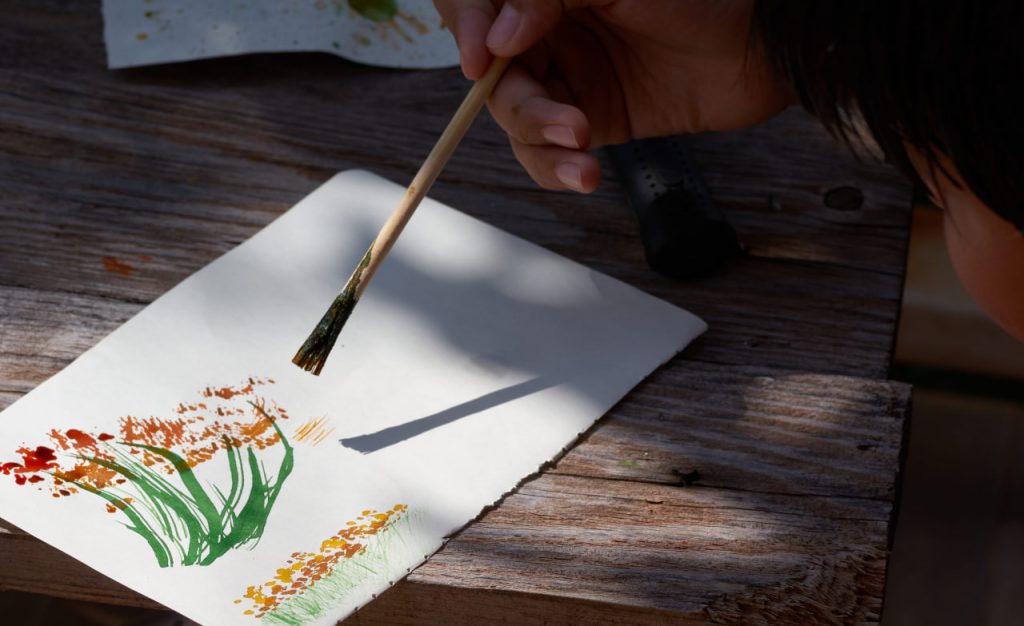Every place has a rhythm. A sun-drenched village hums differently from a foggy mountain trail. A city’s heartbeat echoes through its walls, markets, rooftops. To truly feel this rhythm — and to translate it — many artists turn to watercolor. Why? Because watercolor doesn’t just depict a place. It listens to it.
Unlike more rigid mediums, watercolor is responsive. It flows with the atmosphere, reacts to humidity, dries in layers like memories settling over time. When you’re traveling, you don’t always have control — the light changes, it starts to rain, people shift around you. Watercolor embraces that uncertainty. It mirrors the unpredictability of the journey itself.
More than just a method of painting, watercolor becomes a conversation between artist and environment. The textures of stone, the transparency of water, the shimmer of early light — all these find their natural expression through layered washes and loose lines. You don’t need perfection. You need presence.
That’s why watercolor has long been a favorite tool of artists, writers, and wanderers. It requires little: a sketchbook, a portable palette, a brush that holds water. But it offers so much in return — a deeper awareness of place, a visual diary of impressions that no photograph can replicate. The soft edges of watercolor blur the boundary between observation and emotion, turning a market stall or train station into a work of quiet poetry.
Watercolor sketching slows you down. While others rush from site to site, checking items off a list, you sit on a bench and notice how the shadows fall. You discover the true color of a temple roof, or the way a street dog curls under a cart. Painting becomes an act of reverence — a way of honoring the here and now.
At Travel Watercolor Lab, we encourage travelers to see themselves not as tourists, but as visual storytellers. Through our guidance, you’ll learn how to mix local colors, simplify complex scenes, and layer emotion into every sketch. Whether you’re painting a bustling square or a quiet corner of your guesthouse, you’ll come to see that every place offers something to say — and watercolor helps you listen.
This practice isn’t just for professional artists. It’s for anyone who wants to engage more deeply with the world. It’s for those who want to return from a trip not just with souvenirs, but with something far more lasting: a record of how a place made them feel.
Because in the end, watercolor doesn’t just document where you went.
It remembers who you were when you arrived — and who you became while you were there.

